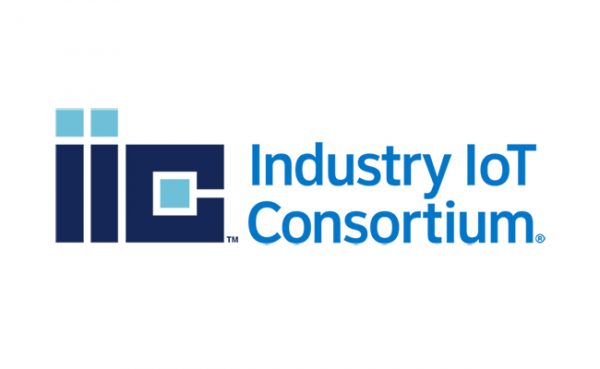Improved Productivity, Performance Top Needs of Fluid Power Companies
 NFPA Technology Roadmap charts R&D agenda
NFPA Technology Roadmap charts R&D agenda
By Michael Degan, Fluid Power Journal Editor —
Better productivity and performance are among the top improvements fluid power companies say they need to grow their businesses, according to a recent National Fluid Power Association report.
Released Aug. 17, the 2021 NFPA Technology Roadmap: Improving the Design, Manufacture and Function of Fluid Power Components and Systems “collects information to define customer needs, assess fluid power’s ability to meet them, and describe an R&D agenda to continue growth,” according to an NFPA press release.
The Roadmap identifies eight improvement objectives culled from surveys of fluid power companies. The report calls these objectives “customer drivers” and prioritizes them as:
- Increased availability and up time
- Increased productivity and performance
- Compliance with safety regulations and machine directives
- Lower capital and operating costs
- Easier and more predictable maintenance
- Greater integration of technologies, including data acquisition, utilization, and ownership
- Autonomous operation
- Weight reductions and increased power density
The Roadmap recommends ways for the industry to meet the eight customer drivers. Without assigning priority, they are:
- Improve fluid power control systems (including through electrification)
- Monitor, gather, and use data generated from working fluid power products to add value
- Provide greater fluid power expertise
- Improve fluid power’s reliability and durability
- Increase fluid power’s energy efficiency
- Increase fluid power’s power density
- Reduce the environmental impact of fluid power components and systems
- Reduce lead time for fluid power components and their control elements
To help bring about these improvements, the report pinpoints broad areas for fluid power researchers to investigate and names strategies to pursue that research. The research areas the report identifies are:
- Improve the controllability of fluid power systems
- Advance sensor technologies used in fluid power systems
- Explore novel fluid power system architectures
- Develop new fluid power components
- Improve use of data analytics in fluid power systems
- Develop/apply new materials in fluid power components and systems
- Optimize the use of fluids and lubrication in fluid power systems
- Optimize the use of seal technologies in fluid power systems
- Develop/apply new manufacturing technologies for fluid power components and systems
‘Diverse input’
As a compass to navigate the industry’s future, the Roadmap serves as a comprehensive gauge. Eric Lanke, NFPA president, said the areas for improvement and research cited in the report emerged from a large cross section of the industry.
“The most surprising thing about the 2021 Roadmap is the number of stakeholders across the fluid power supply chain that participated in its development,” Lanke told Fluid Power Journal. “We had over a hundred people serve on our Roadmap committee, and we conducted several surveys that included the membership of several system-integration and end-market associations. We’ve seen more and more diverse input into this version of the Roadmap than any previous one.”
Encouraging research
The biennial report seeks to foster research in several ways. Since it was first published in 2009, the NFPA Education and Technology Foundation and the Center for Compact and Efficient Fluid Power have used the Roadmap to guide their research agendas. It is also used “by numerous NFPA members and other industry partners to inform decisions about research partnerships and product development,” the report said.
NFPA also uses the Roadmap “as a vehicle by which to attract and organize additional funding for the projects and initiatives it describes,” the report said.
With the Roadmap “representing a broad consensus of industry players,” NFPA hopes to identify and promote “initiatives that will help develop new technologies to benefit the industries, markets, and people served by fluid power,” the report said.
While it serves as a document to help stakeholders make research decisions, Lanke said the report attests to fluid power’s vital role in a flourishing and diverse economy.
“Ultimately, the Roadmap makes the case that fluid power is a reliable and durable technology that provides unsurpassed power density and works with minimal maintenance in the harshest conditions,” Lanke said. “It leverages real-time data to sharpen its controllability, boosting productivity and performance and further reducing maintenance requirements, and it is increasingly energy efficient, safe, quiet, and friendly to the environment. And it is supported by a worldwide network of manufacturers and distributors providing parts and service to machine builders and machine users alike. This is the positive story about fluid power that our Roadmap helps us understand.”
To download the Roadmap, visit https://nfpahub.com/nfpa-publishes-2021-update-fluid-power-technology-roadmap-copy/.







One thought on “Improved Productivity, Performance Top Needs of Fluid Power Companies”